A widely used molecular biology technique, in vitro transcription uses bacteriophage DNA-dependent RNA polymerases to synthesize template-directed RNA molecules. Enzymes like bacteriophage SP6, T3 and T7 RNA polymerases are used to produce synthetic RNA transcripts, which can be used as hybridization probes, as templates for in vitro translation applications, or in structural studies (X-ray crystallography and NMR). Synthesized RNA transcripts are also used for studying cellular RNA functionality in processes such as splicing, RNA processing, intracellular transport, viral infectivity and translation.
Problems in the transcription reaction can result in complete failure (i.e., no transcript generated) or in transcripts that are the incorrect size (i.e., shorter or longer than expected). Below is a discussion of the most common causes of in vitro transcription problems.
Continue reading “In Vitro Transcription: Common Causes of Reaction Failure”
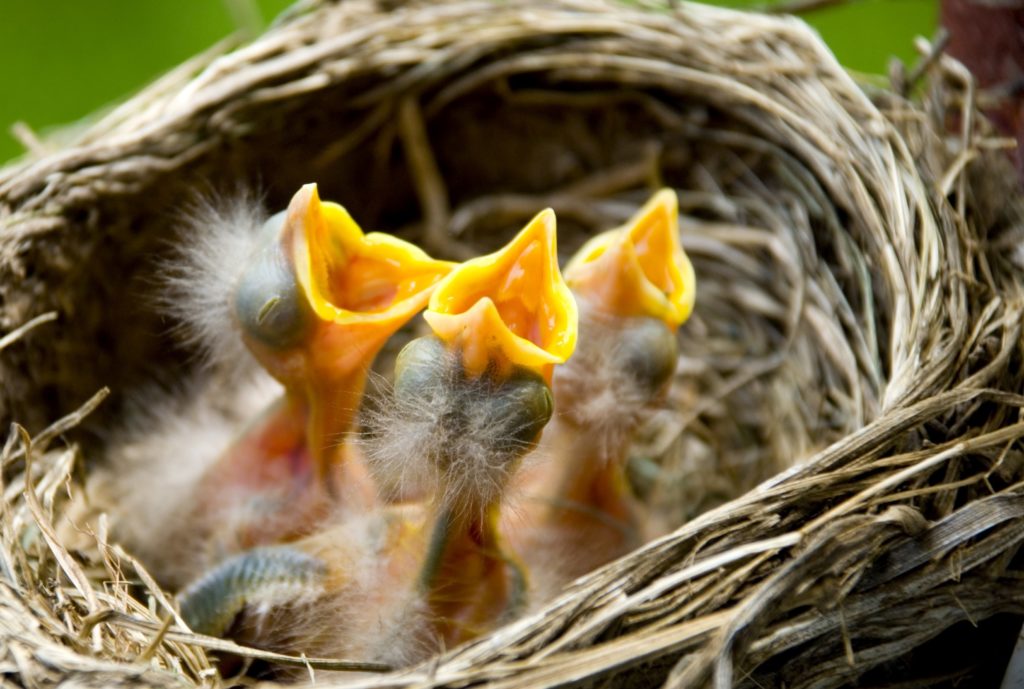
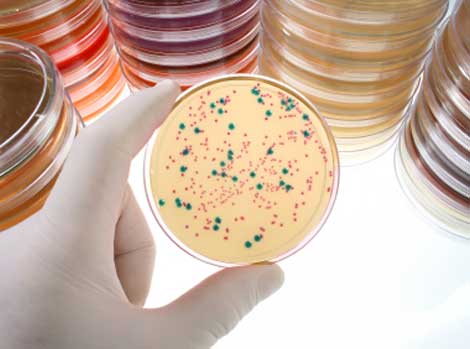



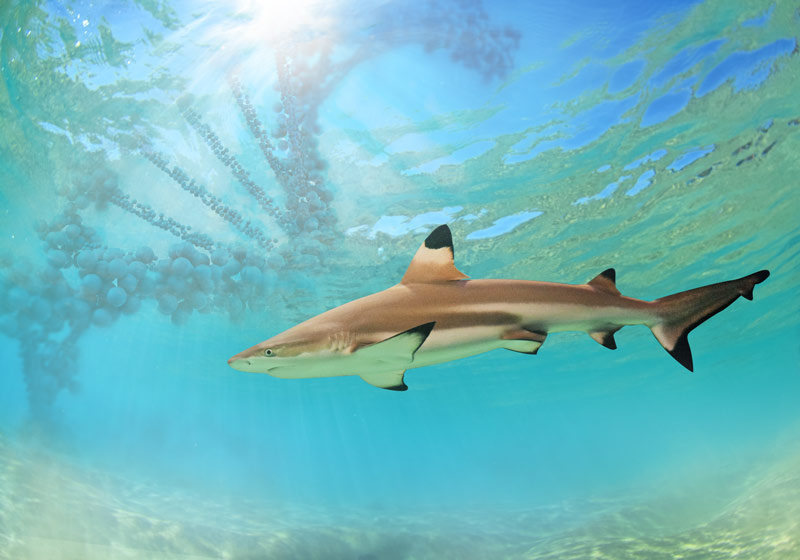 Whether your first encounter was peering through the thick glass of an aquarium tank or peeking through your fingers in a darkened theater, there is something about sharks that captures our imagination. These fierce, and sometimes fearsome, creatures have existed in our oceans for over 400 million years, and survived multiple mass extinction events, including the one that killed the dinosaurs. They are not, however, the vicious, vengeful villain that some movies would have us believe. Sharks are apex predators, who play an important role in the world’s ocean ecosystem by regulating the population of prey species below them. Unfortunately, they are also part of one of the most threatened group of marine fish in the world. Of the more than 400 species of sharks that exist in our oceans today, approximately 15% are considered vulnerable, endangered or critically endangered.
Whether your first encounter was peering through the thick glass of an aquarium tank or peeking through your fingers in a darkened theater, there is something about sharks that captures our imagination. These fierce, and sometimes fearsome, creatures have existed in our oceans for over 400 million years, and survived multiple mass extinction events, including the one that killed the dinosaurs. They are not, however, the vicious, vengeful villain that some movies would have us believe. Sharks are apex predators, who play an important role in the world’s ocean ecosystem by regulating the population of prey species below them. Unfortunately, they are also part of one of the most threatened group of marine fish in the world. Of the more than 400 species of sharks that exist in our oceans today, approximately 15% are considered vulnerable, endangered or critically endangered.  We can learn a lot about the past and its people from the written records of the time. What people write and how they write it can gives us glimpses into historical events, interpersonal relationships, social standing and even social and cultural norms. From paper to papyrus to clay tablets, the surface that holds the writing can tell us things that the words cannot.
We can learn a lot about the past and its people from the written records of the time. What people write and how they write it can gives us glimpses into historical events, interpersonal relationships, social standing and even social and cultural norms. From paper to papyrus to clay tablets, the surface that holds the writing can tell us things that the words cannot.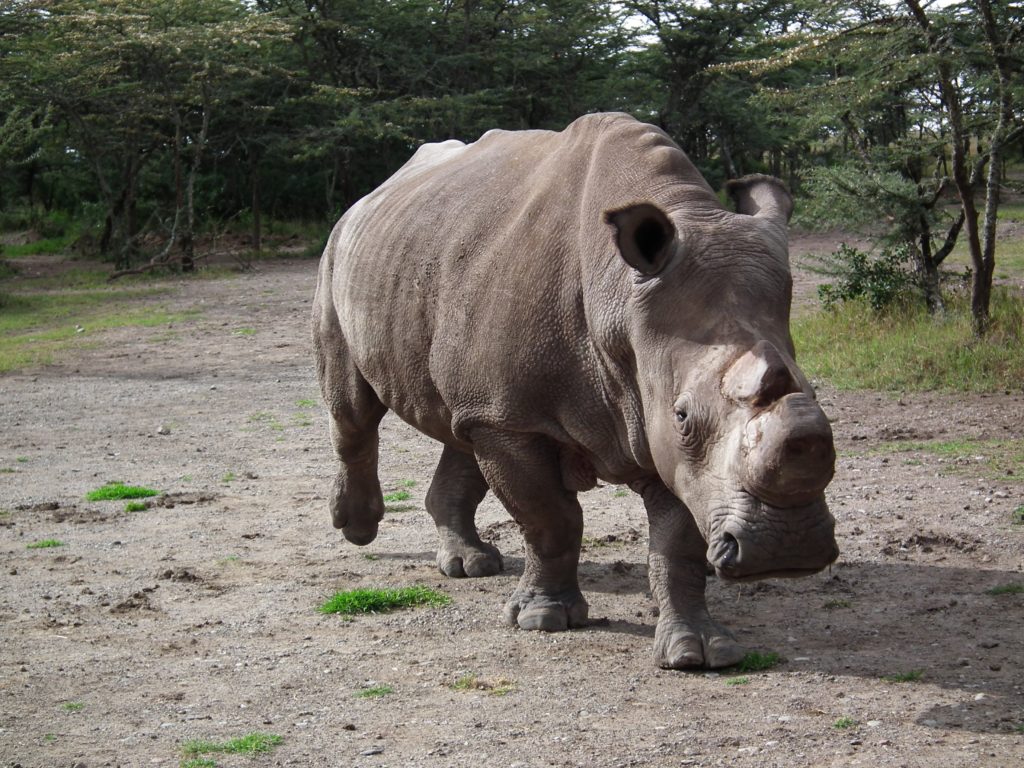
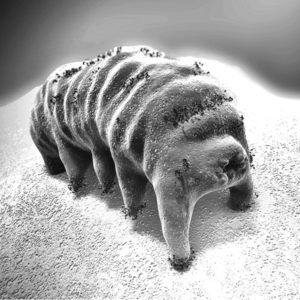 Everyone has their favorite microscopic creature—you all do have a favorite, right? Mine is unquestionably the tardigrade. Tardigrades, also called water bears or moss piglets, are microscopic invertebrates that are composed of five segments: one head segment and four body segments, each with a pair of legs. They are 0.1–1.2mm in length, making them easy to see under low magnification, and have a brain and well-developed nervous system. Tardigrades are found in just about every environment on earth. Termed “extremophiles”, they have adapted to survive in even extremely harsh environments. Your neighborhood pond? The Himalayas? Antarctica? Deep sea? Tardigrades live in all those places.
Everyone has their favorite microscopic creature—you all do have a favorite, right? Mine is unquestionably the tardigrade. Tardigrades, also called water bears or moss piglets, are microscopic invertebrates that are composed of five segments: one head segment and four body segments, each with a pair of legs. They are 0.1–1.2mm in length, making them easy to see under low magnification, and have a brain and well-developed nervous system. Tardigrades are found in just about every environment on earth. Termed “extremophiles”, they have adapted to survive in even extremely harsh environments. Your neighborhood pond? The Himalayas? Antarctica? Deep sea? Tardigrades live in all those places.